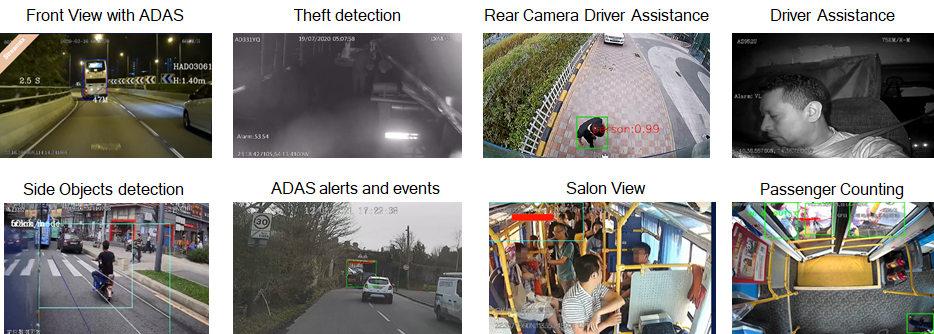Video Surveillance System


EU General Safety Regulation II
All new vehicles on EU roads must comply with most of the General Safety Regulation II. State-of-the-art safety technologies required by law for new cars, light and heavy commercial vehicles and buses are intended to sustainably increase road safety. The requirement for safety systems to help ensure safe driving also goes hand in hand with broad recognition of these as useful technologies among the population.
Key technologies defining the future of safety
The GSR II outlines several critical safety features that will be no longer optional add-ons but mandatory in all new vehicles in the European Union following a fixed timetable. Continental's cutting-edge technologies and comprehensive portfolio are essential in meeting these new requirements.
- Emergency Stop Signal (ESS): The terms “emergency stop signal” and “emergency stop light” are often used for the same function. It activates high-intensity hazard lights during emergency braking and indicates to other road users behind the vehicle that the vehicle is suddenly slowing down or braking heavily. This system helps to prevent rear-end collisions
- Intelligent Speed Assistance (ISA): ISA systems help drivers maintain safe speeds by providing real-time feedback and warning the driver when he/she drives too fast or by an possible automatic speed adjustment. Utilizing map data and traffic sign recognition, ISA ensures vehicles comply with speed limits, and it has the potential to significantly reducing speed-related accidents.
- Driver Drowsiness and Attention warning (DDAW): This system monitors driver behavior for signs of fatigue or distraction. The technology alerts drivers to take breaks or refocus, addressing one of the major causes of road accidents.

Blind Spot Information System & Moving Off Information System
BSIS (Blind Spot Information System) is designed to comply with UN R151 requirements for commercial vehicles (M2, M3, N2, and N3). The BSIS provides drivers with signals regarding cyclists and pedestrians in the blind spot area to prevent accidents when turning. Additionally, by adding an extra camera, the product can enhance MOIS (Moving Off Information System) functions to meet UN R159 requirements simultaneously. This system is an ideal solution for meeting the regulations of both UN R151 and UN R159.

The core technology in the field of autonomous driving - multi-target pedestrian behavior intention prediction
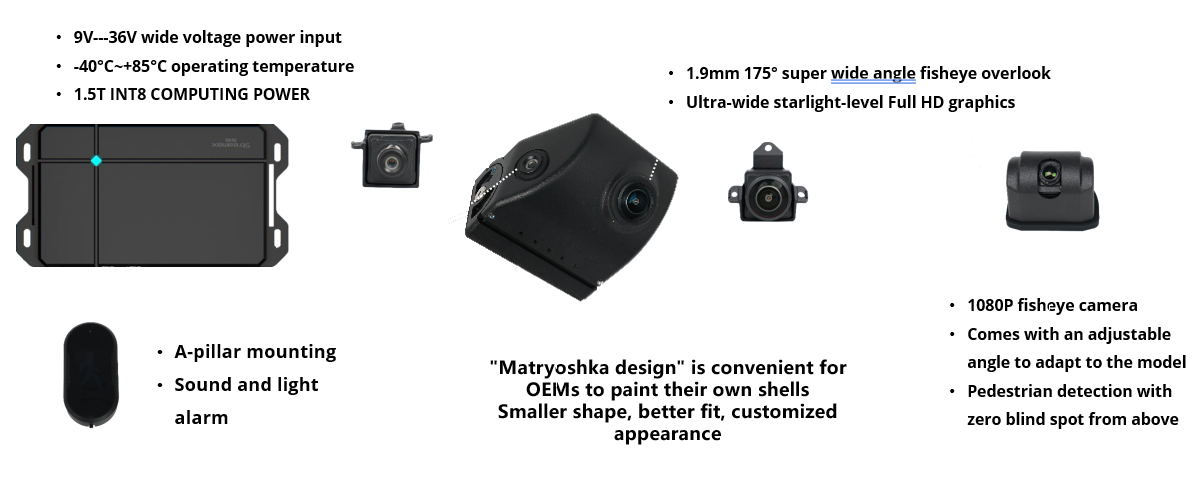
ISA - Intelligent Speed Assistance
ISA is a system which informs, warns and discourages the driver to exceed the statutory local speed limit. The in-vehicle speed limit is set automatically as a function of the speed limits indicated on the road. GPS allied to digital speed limit maps allows ISA technology to continuously update the vehicle speed limit to the road speed limit. There are three types of ISA:
- Informative or advisory ISA gives the driver a feedback through a visual or audio signal. A Speed Alert System is an informative version of ISA; it is able to inform the driver of current speed limits and speeding.
- Supportive or warning ISA increases the upward pressure on the accelerator pedal. It is possible to override the supportive system by pressing the accelerator harder.
- Intervening or mandatory ISA prevents any speeding, for example, by reducing fuel injection or by requiring a "kick-down" by the driver if he or she wishes to exceed the limit.
Excess speed contributes to around 30% of fatal crashes. Typically 40% to 60% of the drivers exceed the limit. Results from a wide range of studies indicate that reducing average speeds by just 1km/h can result in a 5% reduction in fatal crashes.
AI recognition ability - recognizes all explicit speed limit cards + some implicit speed limit cards
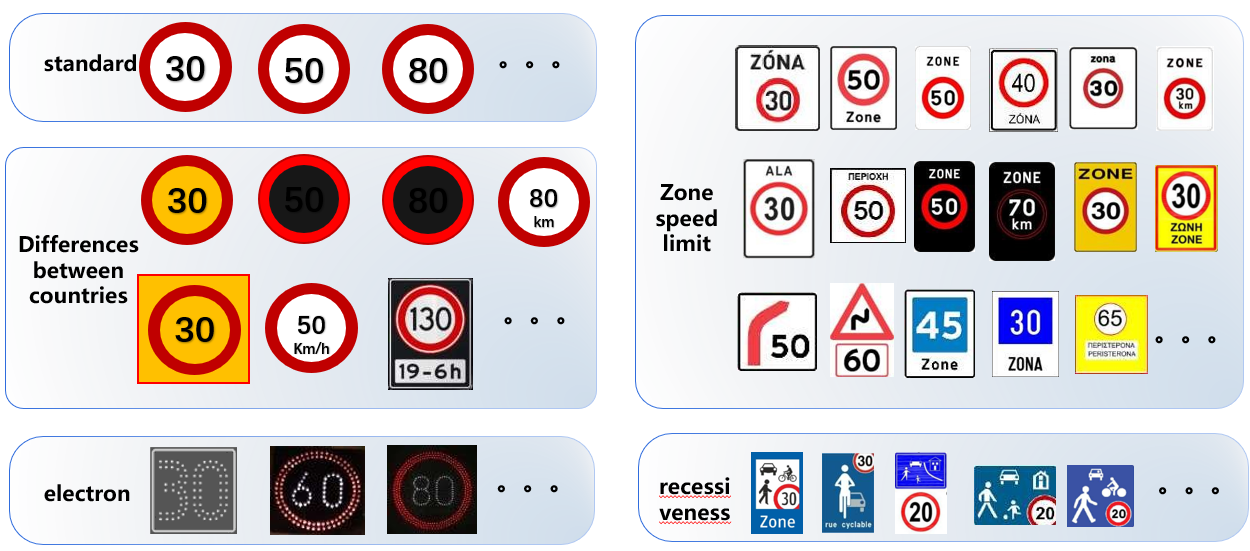
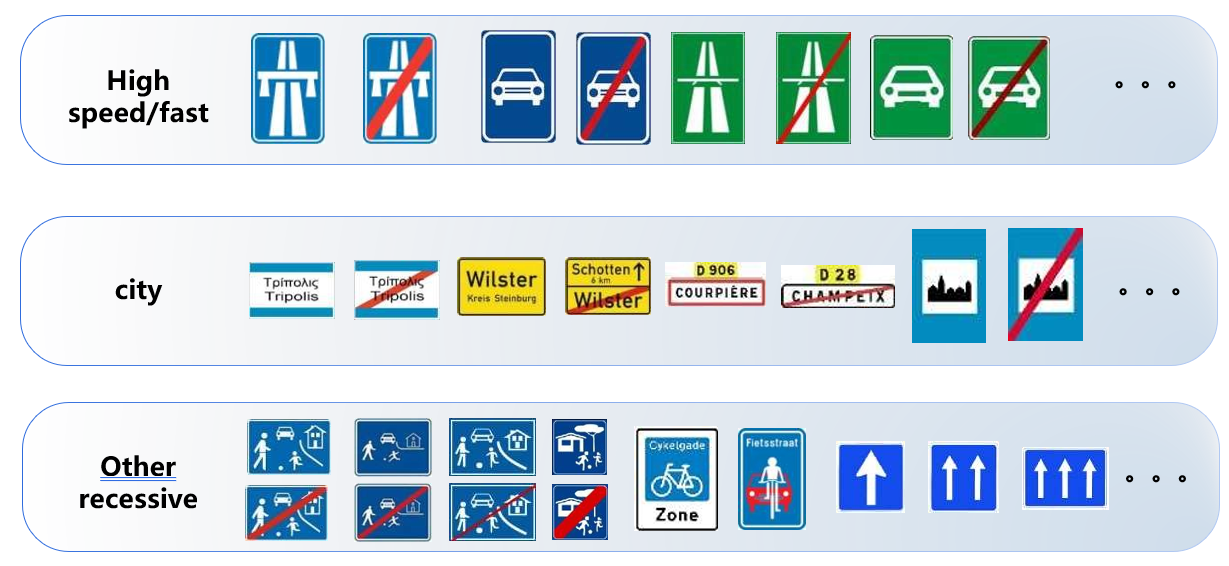
DDAW - Driver Drowsiness and Attention Warning Systems
General Safety Regulation 2 or GSR 2, requires the mandatory fitment of Driver Drowsiness and Attention Warning (DDAW) systems to all new types of M and N category vehicle (i.e. all passenger carrying and goods carrying motor vehicles) from July 6, 2022, and to all new vehicles falling into those categories from July 7, 2024.
Driver drowsiness and attention warning is a system that uses sensors to continuously monitor driver performance and vehicle behavior to detect signs of driver drowsiness or fatigue such as Lane drift or sudden movement of the steering wheel.
The system may consider the trip duration driver steering Behavior Road positioning as well as the vehicle speed.
This feature supplementing Regulation (EU) 2019/2144 on type-approval requirements for motor vehicles and their trailers, and systems, components and separate technical units intended for such vehicles, as regards their general safety and the protection of vehicle occupants and vulnerable road users.
Some systems may also monitor the driver steering wheel grip, facial and eye movements using on-board sensors to detect driver drowsiness. If the system detects drowsiness or an inattentive driver it alerts the driver with an audio and or visual warning recommending that they take a break.
Fatigue negatively affects driver’s physical, cognitive, psychomotor and sensory processing capabilities, which are needed for safe driving. Driver fatigue is a factor in 10-25 % of all road crashes in the Union.
DDAW systems are more effective outside the urban zones because the reduced driver alertness due to fatigue mostly occurs in long-distance driving at a constant speed. Moreover, constantly changing driving and steering pattern when driving within urban zones is difficult for assessment with the available technologies. Motor vehicles with a maximum design speed of 70 km/h or below should therefore be exempted from the obligation to be equipped with DDAW systems
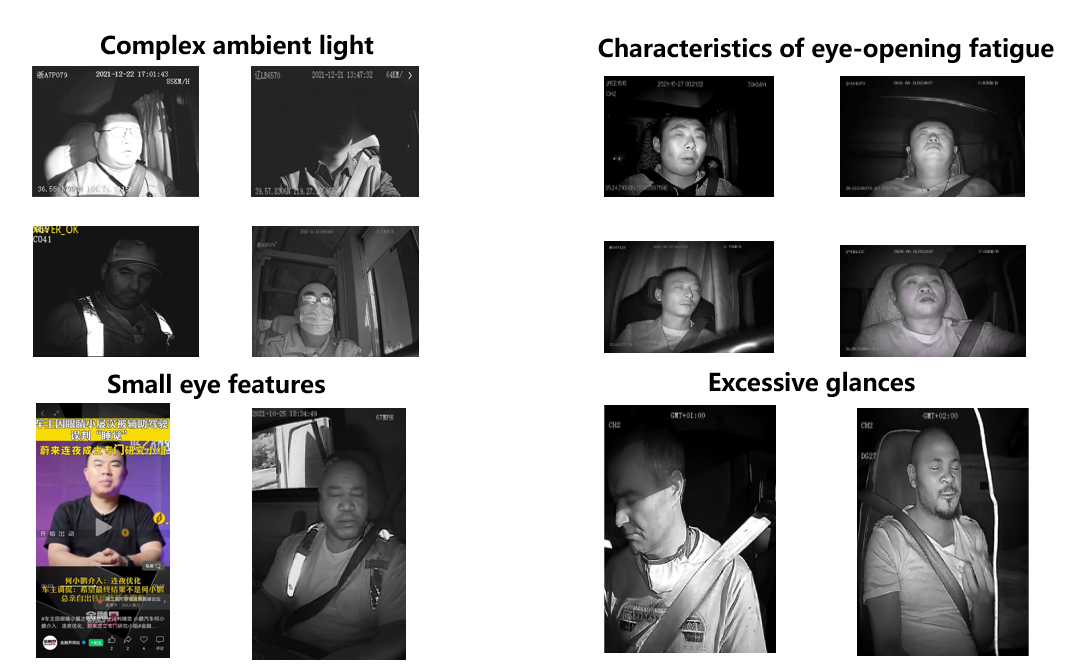
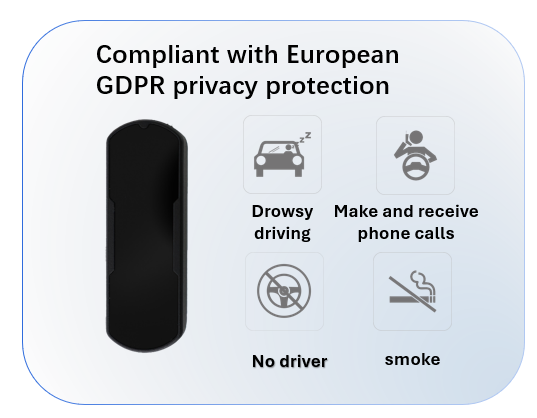
- The A-pillar is installed to reduce the sense of intrusion to the driver
- The central area of the face is exposed, and the environment is well adapted
- Patented intelligent strobe technology is used to protect the eyes and prevent the driver from confrontation
- Gauge + depth recognition algorithm model
- High Compatibility Equivalence: Minimizes the number of certification
